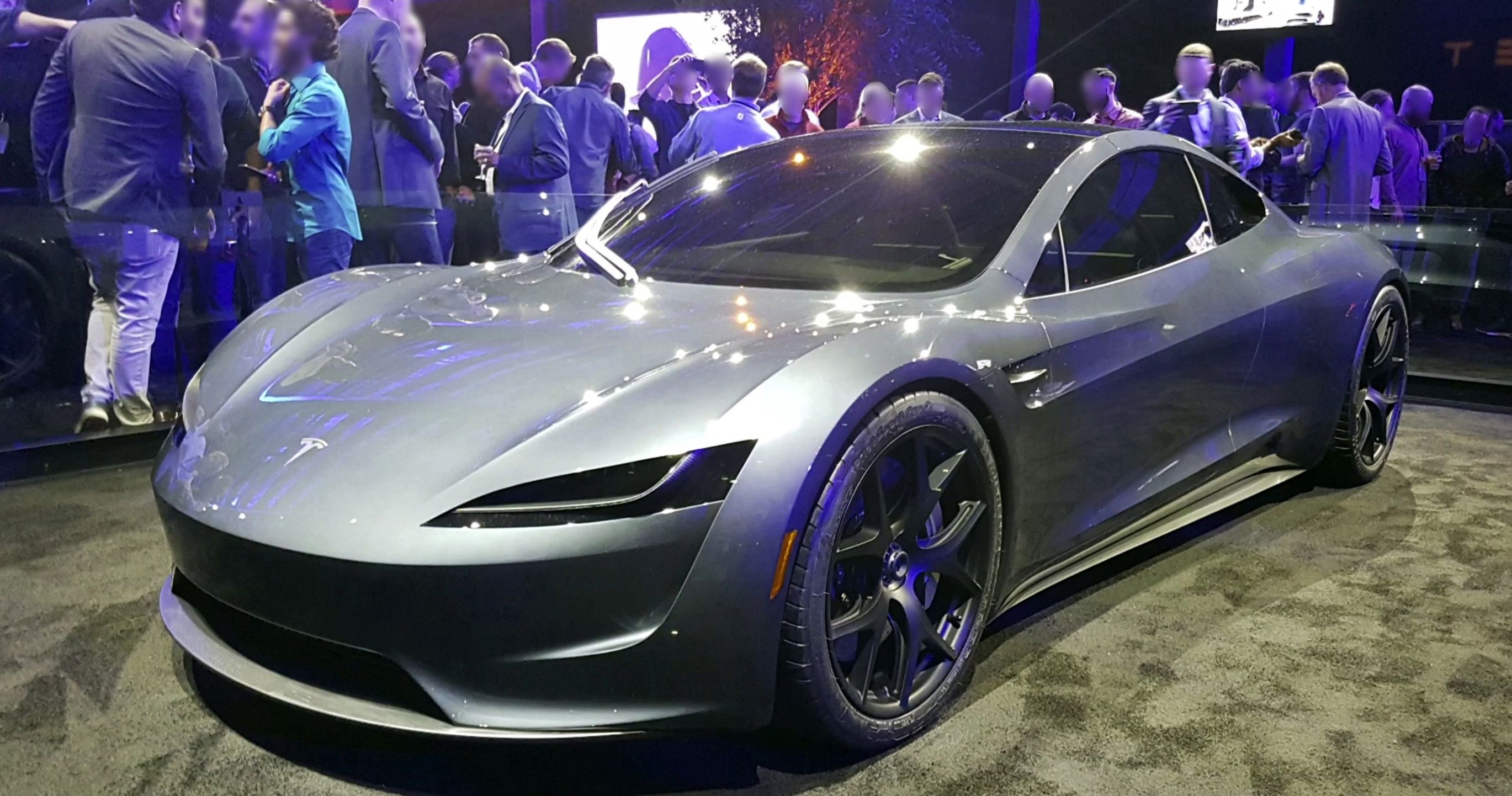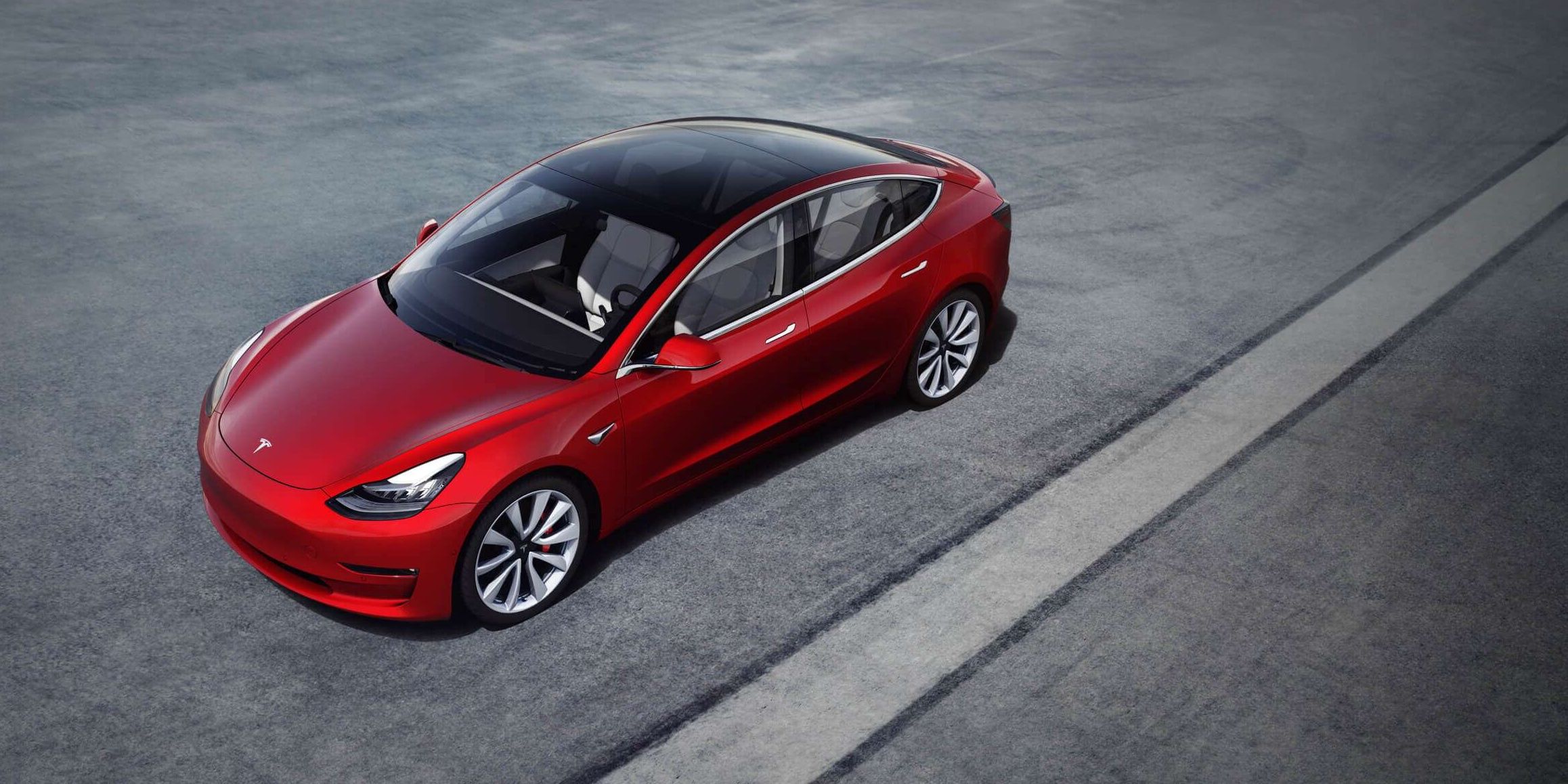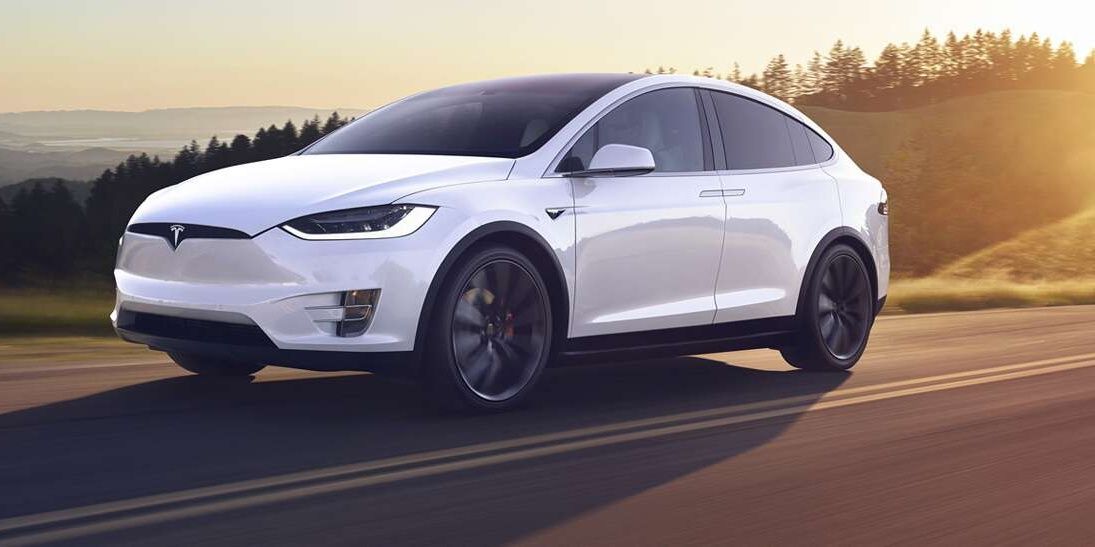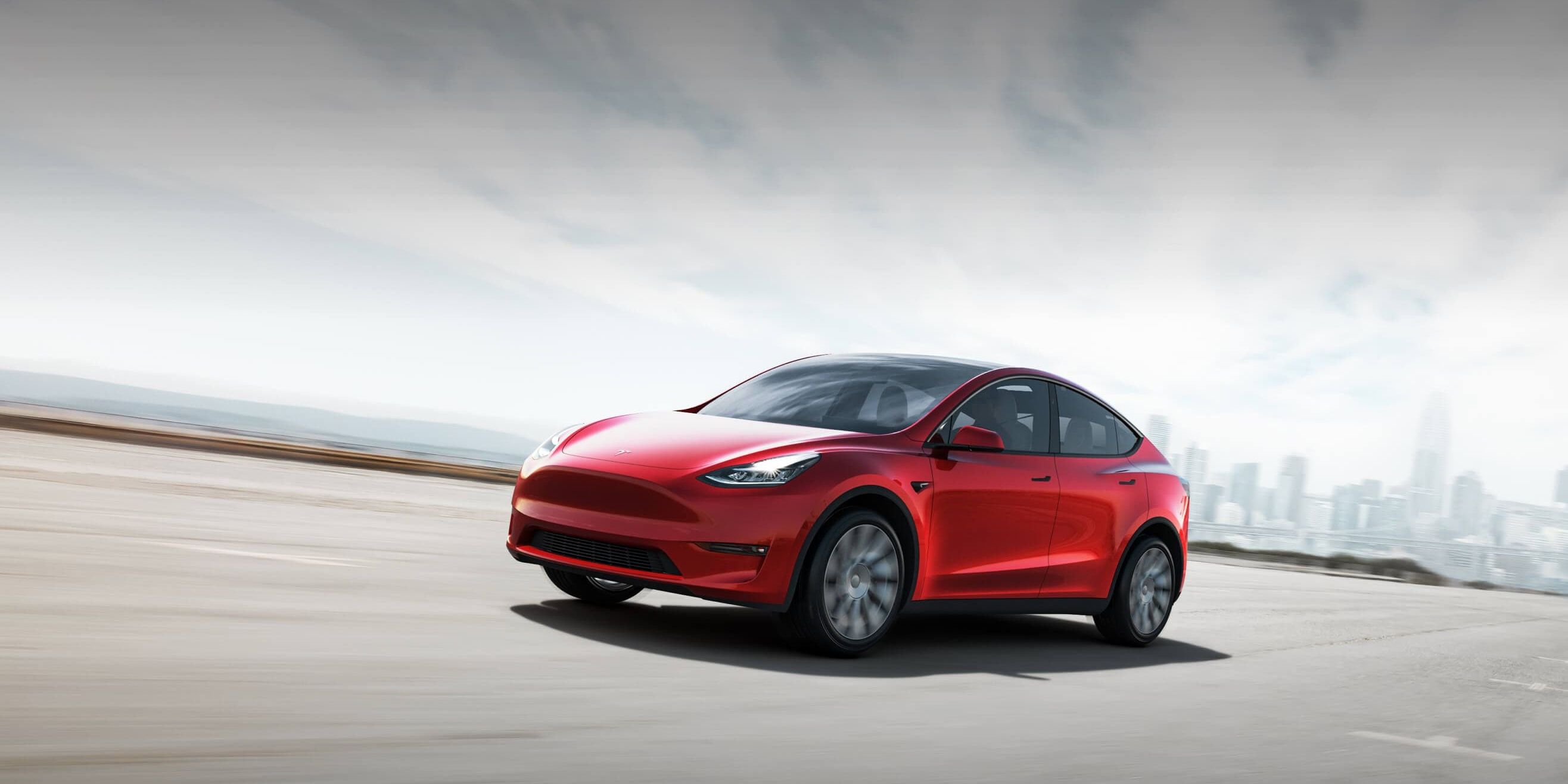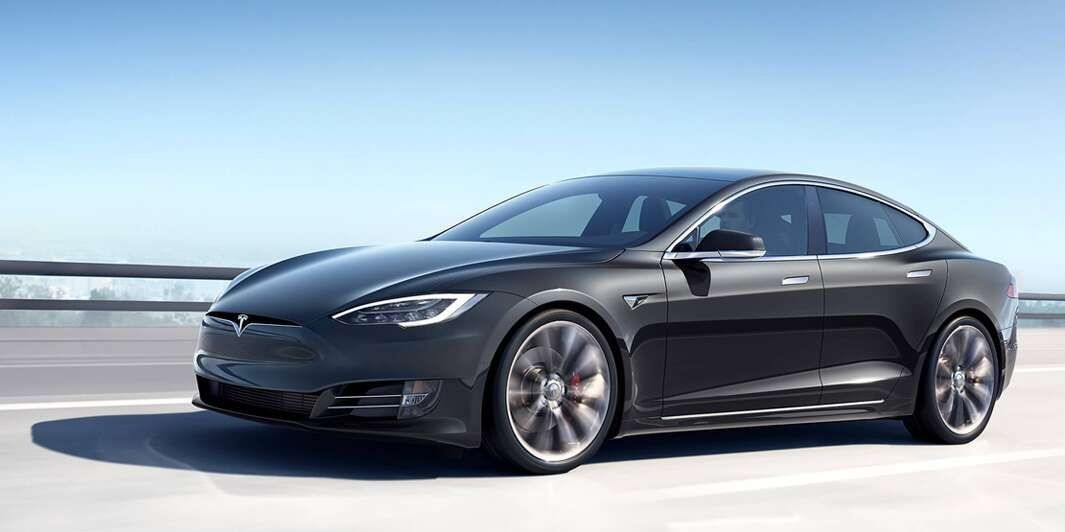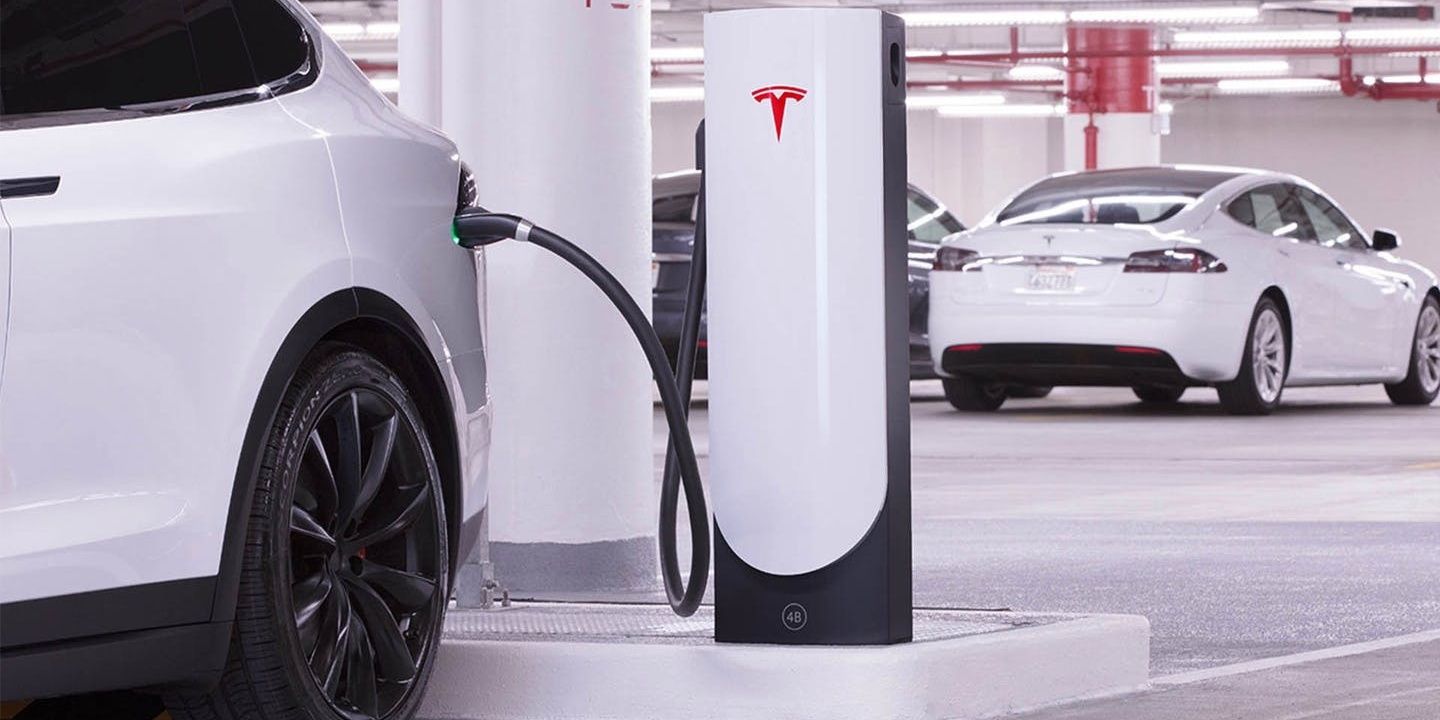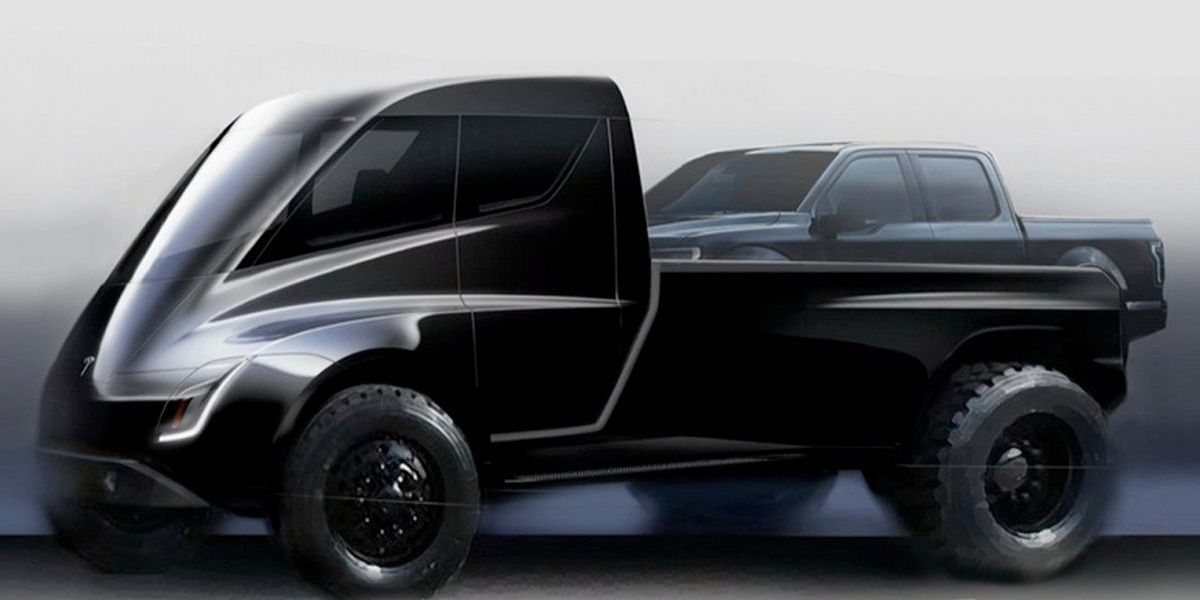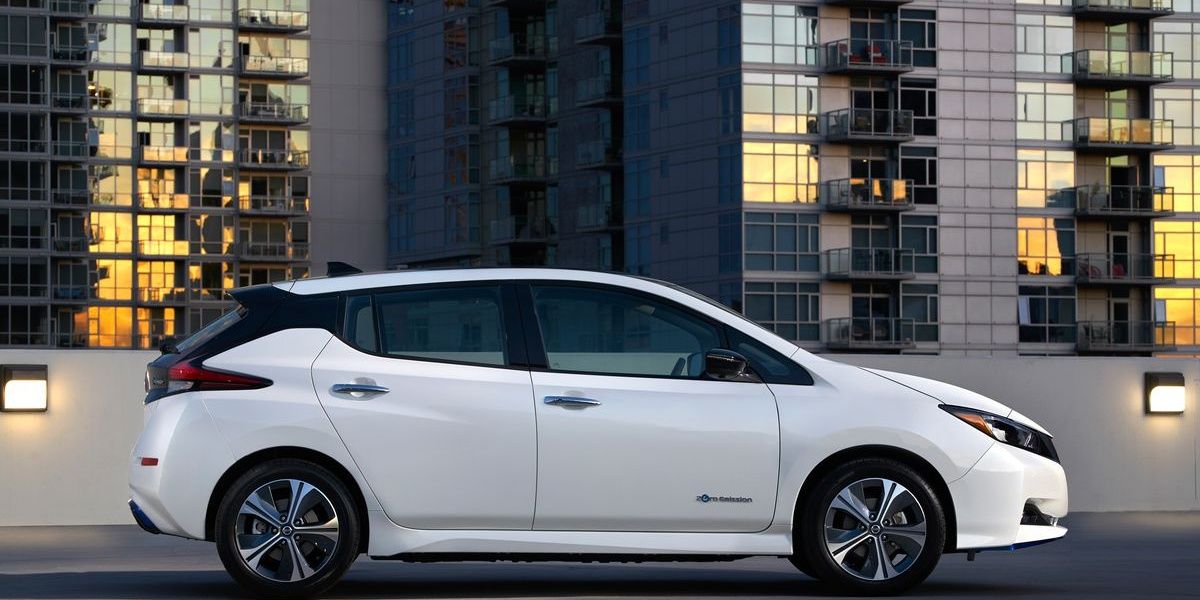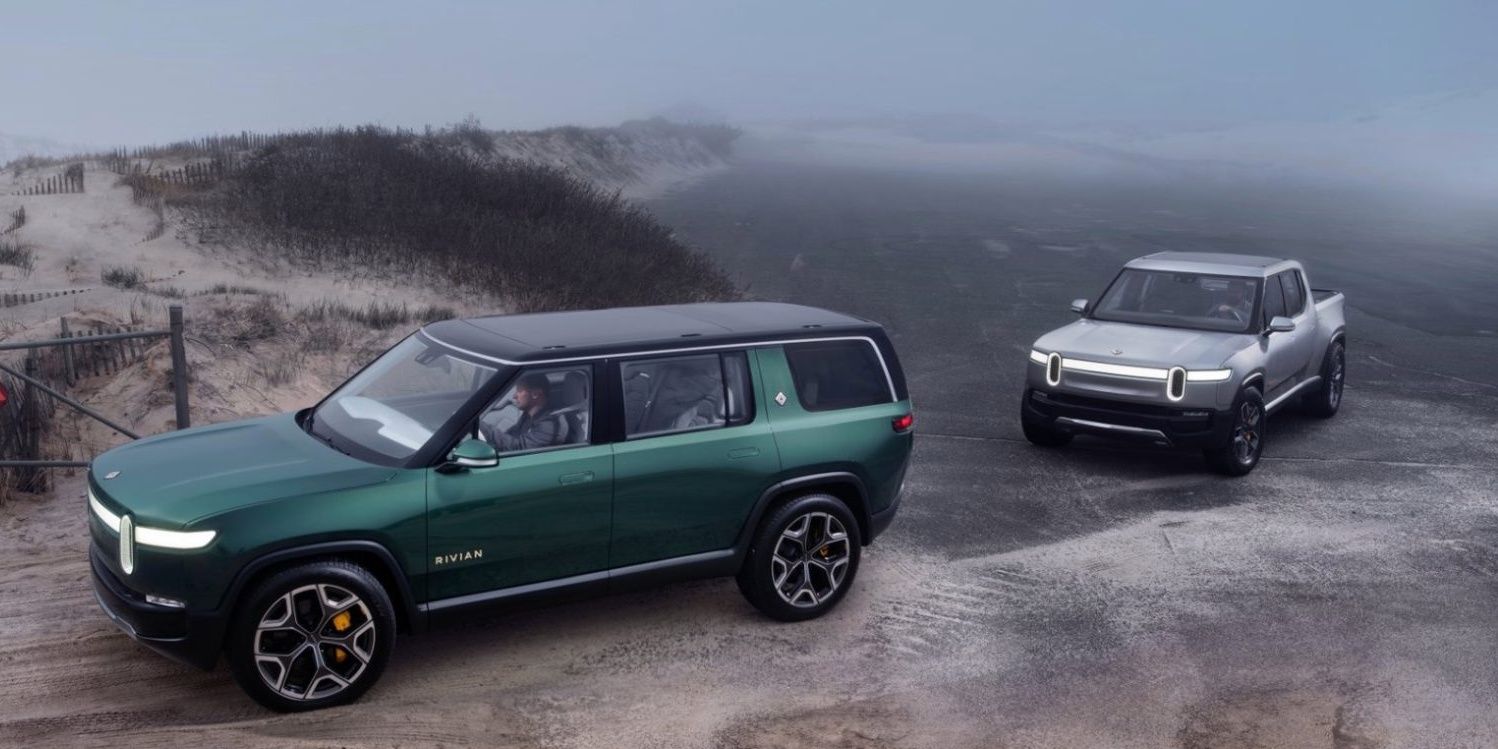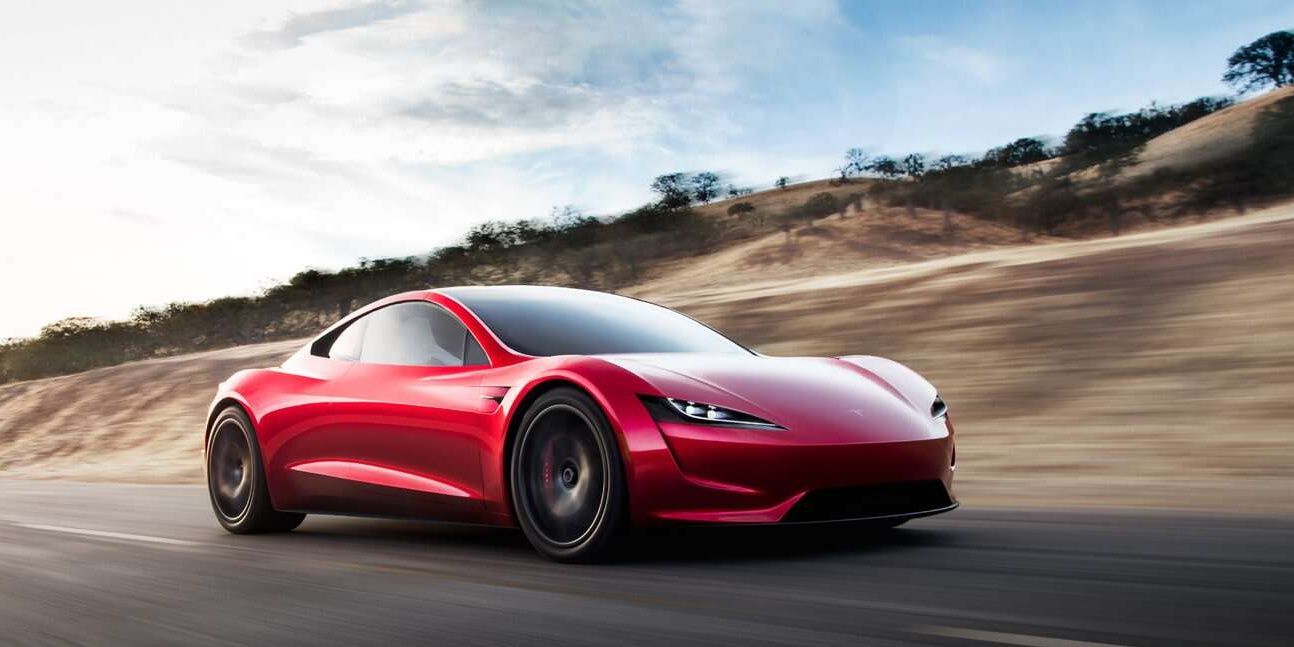In the market for the farthest driving and hottest selling electric vehicle? Tesla is still on top, and we are here to help you decide if, and which, Tesla is right for you. The facts spelled out below are all important considerations when choosing your fossil-fuel-free automobile. Just like buying any car, you will have to take many factors into consideration before buying.
The list below highlights the 10 most important things you will want to think through, before purchasing a Tesla. From range stats and safety ratings, we have compiled the important numbers to know before putting down a deposit. Read on for our top Tesla buying tips.
10 Is an Electric Car Right for You?
Electric cars have come a long way, however, there are certain types of drivers who should avoid buying an electric car or SUV until further advancement is made. If you are a traveling salesman, who drives more than 400 miles per day, you may need to avoid purchasing a Tesla, because charging multiple times per day will eat up valuable time.
Similarly, if you do a lot of towing, a Tesla may not be right for you, with some towing tests showing ranges of about 1/3 of normal, when towing maximum loads with a Model X. That being said, even the lowest range models will be more than enough for an average commuter.
9 Know Your Budget
A base model Model 3 starts at $38,990 (not including any incentives or “gas savings”), while a model X starts at $84,990 and can approach $130,000 when optioned out. The Model Y and S slot in between the two, and you can reserve the eventual sports car, the Roadster, which costs $250,000 to reserve the Founders Series.
It's important that you know what kind of scratch you have to spend before you start dreaming of low emission cruising. The federal tax credit for purchasing a Tesla has diminished to $1,875 until the end of 2019, but many states also have tax incentives or other programs that benefit electric car buyers.
8 How Many Occupants Do You Need To Move Around?
The upcoming Roadster seats the fewest number of people, but does advertise it will fit 4 humans. It remains to be seen whether the rear seat humans can be full sized, but there will probably be enough room for a backpack, or to bring along your favorite K9 companion. The Model 3 seats 5 adults, with a reasonable amount of rear head room for average height passengers.
The Model Y claims seating for 7 adults with the optional third row, however, it seams likely the sixth and seventh passenger will be a bit cramped. The Model S now seats 5 adults, as the funky rear facing third row seat is gone from the options. The Model X is the seating king of the Tesla Lineup with seating configurations for five, six, or seven. Interestingly the 6-seat configuration is $3,000 more than the 7-seat, likely due to the second-row captain’s seats.
7 AWD or RWD?
The two lower tier entries in the Tesla lineup offer rear-wheel-drive as the base model, and dual-motor all-wheel-drive options. Honestly, deciding between the two, most people will barely consider the number of motors. The price difference in the Model Y is about $4K, while in the Model 3, stepping up to the dual-motor costs you nine grand.
If you are looking for that now famous Tesla performance, you will be looking at the AWD version. Also, the base model in each Tesla tier has generally been the last to reach production, so if you are hoping to be one of the first to receive a Model Y, you should be checking a lot of option boxes.
6 Range
The biggest consideration for most people buying an electrical vehicle is RANGE. The base Model 3 offers (with RWD only) 240 miles of range, while the Long Range and Performance packages (both AWD) offer 310 miles. The Model Y Long Range (RWD) offers an estimated 300 miles of range while the Dual-Motor versions offers only 280 miles.
If you can stretch your budget, you can also stretch out the distance between charges, with the longest ranges Model X getting 325 miles, and the Model S offering up to 370 miles of range. When compared to the brand new Porsche Taycan, the Model S is still the king. The upcoming Roadster promises a range of up to 620 miles.
5 Where and How to Charge?
Although you can charge your electric vehicle at home, you may need to have some upgrades done to your garage. Charging from a standard 120v outlet could take up to 4 days, while charging at the newest Supercharges takes as little as 30 minutes. Level 2 charging, which you can install at home, can take between 6-30 hours to reach a full charge.
Supercharges are obviously the best bet, and if you get a Model S or X, charging is free. Don’t fret though, filling your Model 3 or Y with electrons will still cost far less than topping off the tank of a dead-dinosaur powered auto.
4 New or Used?
One consideration to make when buying any car, is to weigh the benefits of buying new against the additional cost. Tesla does have a used car program direct through the factory. They even have a decent selection of used Model 3’s available, offering the remainder of the factory warranty or a special warranty for higher mileage used Teslas, and the peace of mind that comes with a factory certified used vehicle.
The used Tesla program certainly seems like a safer bet than grabbing one off of your local discount car lot, but if you are trying to get the most electric car for your dollar there are some great deals on used Model S sedans in particular, many of which include free Supercharging.
3 Competition
When selecting the Tesla model to by, you will obviously also consider the competition. There are now a number of electrified rides to choose from, some from more mainstream manufacturers. The above-mentioned Porsche Taycan offers Porsche build quality, and can compete in the cool factor, but it does not compete in range offering only 279 miles, while also sporting a price tag between $150,000 and a jaw-dropping $241,500 when optioned out.
Entry level electric competitors also leave something to be desired, as well as not getting many style points. The Chevy Bolt has a range of 259 miles (19 more than the base Model 3) and costs $36,000 (about $3K less than the Model 3), but the slight mileage and pricing advantages are unlikely to woo many buyers simply because the Tesla has a much more exciting reputation. The Nissan leaf also struggles to match-up with up to 226 miles of range, and a price tag of about $30K.
2 When to Buy?
If you are in the market for an electric car and want to buy today, Tesla really is the way to go. If you are looking for a car purchase down the road, there may be many options worth considering in the coming years. The Rivian R1T and R1S are exciting prospects, as well as many promising future vehicles from Nissan, VW, and other manufacturers.
Buyers planning for the future should keep an open mind towards any number of upcoming and promised vehicles. Though starting a ground-up car company is extremely difficult, and Tesla possibly the only exception of the current century, there may be more industry disrupters in the near future.
1 Safety
Although Tesla has consistently scored extremely well on NHTSA tests, they have often exaggerated the already stellar results. The Model 3, S, and X also all have 5 star crash ratings with the IIHS, and it’s likely future models will be equally as safe. One area of concern is the safety of Autopilot.
Under many conditions Autopilot can be a great tool, and even prevent accidents, however, Autopilot is not what the name suggests, and requires constant attention from the driver. Full Autopilot is promised in the future and is an expensive option. But for now, drivers will need to keep their eyes on the road and their hands on the wheel, to avoid verifying that crash test data first-hand.

